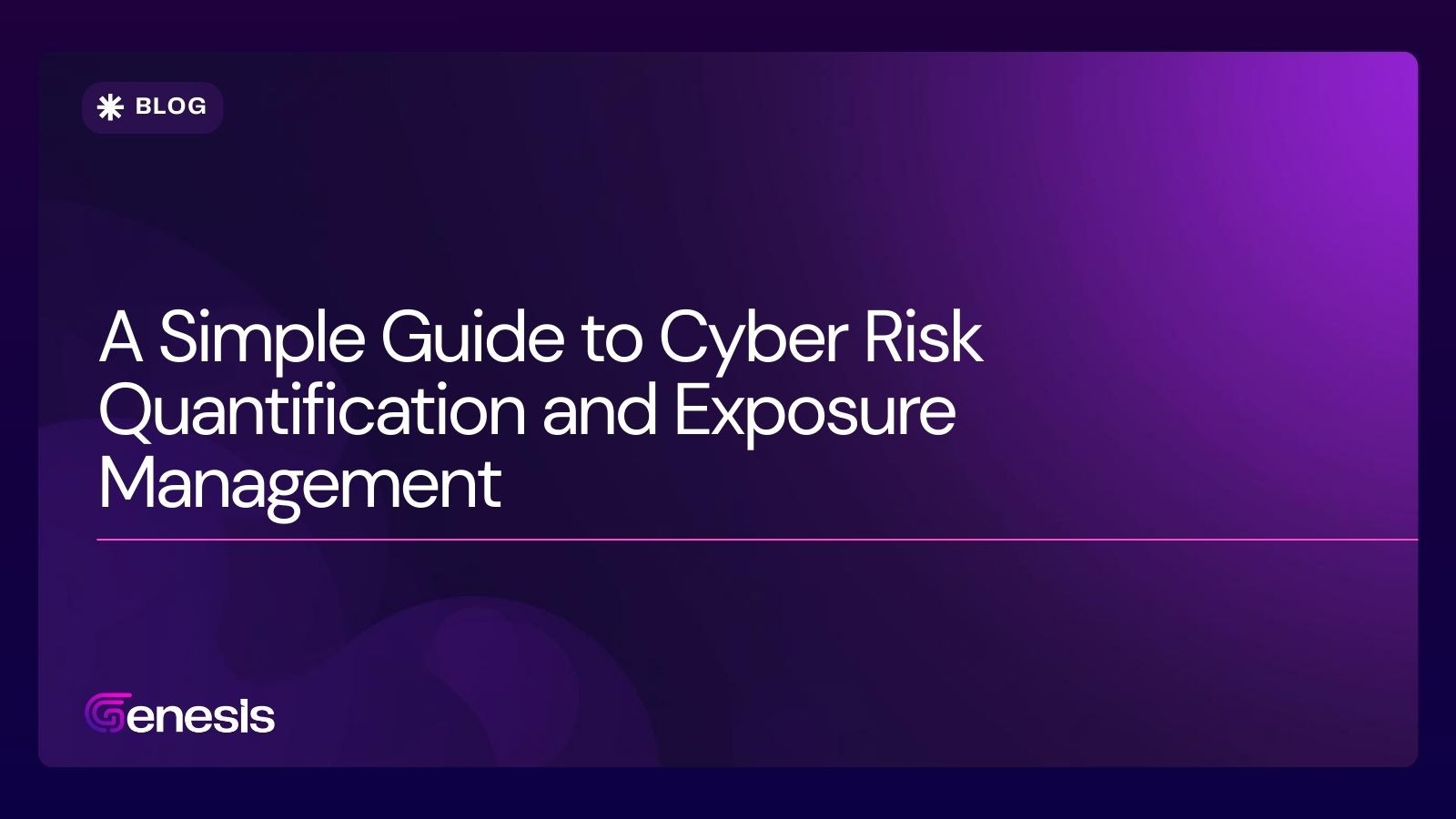Jun 3, 2024

Syed Amoz
Third-Party Risk Management (TPRM) has become increasingly important in today's interconnected business environment. As companies rely more on third-party vendors for various services, the need to manage risks associated with these vendors is crucial for ensuring the security and integrity of business operations.
In this comprehensive guide, we will explore the key aspects of TPRM, including its importance, the lifecycle of TPRM, and best practices for effective vendor risk management.
Understanding Third-Party Risk Management
Third-Party Risk Management (TPRM) refers to the process of identifying, assessing, and mitigating risks associated with the use of third-party vendors and service providers. These risks can include financial, operational, reputational, and cybersecurity risks.
Importance of TPRM
Protecting Sensitive Information: Vendors often have access to sensitive company data, making it essential to ensure that they adhere to stringent security standards.
Ensuring Business Continuity: The failure of a critical vendor can disrupt business operations. TPRM helps in identifying and managing such risks to ensure continuity.
Regulatory Compliance: Many industries are subject to regulations that require companies to manage third-party risks. TPRM helps in meeting these regulatory requirements.
Reducing Financial Risks: Vendor-related issues can lead to financial losses. Effective TPRM helps in mitigating these risks.
Maintaining Reputation: Vendor failures can damage a company's reputation. TPRM helps in protecting the brand by ensuring that vendors adhere to high standards.
TPRM Lifecycle
Identification: The first step is to identify all third-party vendors and service providers that the company relies on. This includes understanding the scope of services they provide and the level of access they have to sensitive data.
Assessment: Once the vendors are identified, the next step is to assess the risks associated with each vendor. This involves evaluating their security practices, financial stability, and compliance with relevant regulations.
Mitigation: Based on the risk assessment, companies should develop mitigation strategies to address identified risks. This can include implementing security controls, conducting regular audits, and developing contingency plans.
Monitoring: TPRM is an ongoing process that requires continuous monitoring of vendor performance and risk levels. Regular reviews and audits should be conducted to ensure that vendors comply with contractual obligations and security standards.
Termination: In cases where a vendor poses an unacceptable level of risk, companies should be prepared to terminate the relationship and transition to a new vendor.
Best Practices for Effective TPRM
Establish Clear Policies and Procedures: Develop comprehensive TPRM policies and procedures that outline the roles and responsibilities of all stakeholders involved in managing vendor risks.
Conduct Thorough Due Diligence: Perform rigorous due diligence on all potential vendors before entering into a contractual relationship. This includes assessing their security practices, financial stability, and compliance with relevant regulations.
Implement Strong Contractual Agreements: Ensure that all vendor contracts include clear terms and conditions related to security, compliance, and risk management. Include clauses that allow for regular audits and assessments.
Leverage Technology: Use technology solutions to automate and streamline TPRM processes. This includes tools for vendor assessment, monitoring, and reporting.
Engage Stakeholders: Involve all relevant stakeholders, including legal, IT, procurement, and business units, in the TPRM process. This ensures a holistic approach to managing vendor risks.
Regular Training and Awareness: Provide regular training and awareness programs for employees involved in TPRM to ensure they understand the importance of managing vendor risks and are aware of the latest best practices.
Conclusion
Third-Party Risk Management is a critical component of a comprehensive risk management strategy. By identifying, assessing, and mitigating risks associated with third-party vendors, companies can protect their sensitive information, ensure business continuity, comply with regulations, reduce financial risks, and maintain their reputation. Implementing best practices and leveraging technology can help in achieving effective TPRM and securing the organization's vendor ecosystem.







